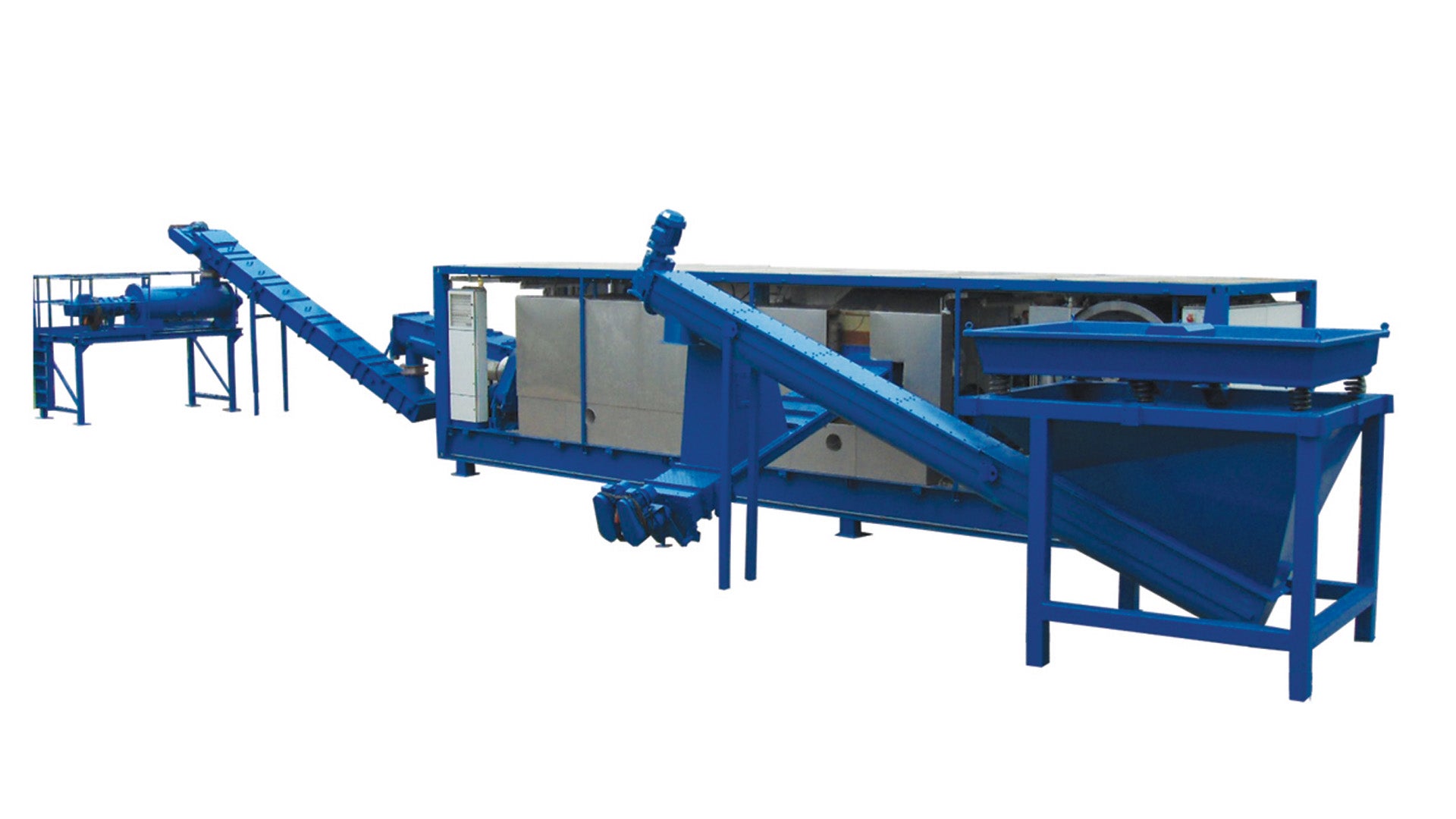Hot Oil Thermal Desorption
The BRANDT Hot Oil Thermal Desorption unit meets industry standards in environmental preservation and changes in environmental policies.
Hot Oil Thermal Desorption Flyer (English)The BRANDT Hot Oil Thermal Desorption unit meets industry standards in environmental preservation and changes in environmental policies.
Hot Oil Thermal Desorption Flyer (Chinese)The BRANDT Hot Oil Thermal Desorption unit meets industry standards in environmental preservation and changes in environmental policies.
Hot Oil Thermal Desorption Flyer (Spanish)The BRANDT Hot Oil Thermal Desorption unit meets industry standards in environmental preservation and changes in environmental policies.
Hot Oil Thermal Desorption Flyer (French)The BRANDT Hot Oil Thermal Desorption unit meets industry standards in environmental preservation and changes in environmental policies.
Hot Oil Thermal Desorption Flyer (Arabic)The BRANDT Hot Oil Thermal Desorption unit meets industry standards in environmental preservation and changes in environmental policies.
FluidControl Case study Hot Oil China (English)The BRANDT Hot Oil Thermal Desorption unit meets industry standards in environmental preservation and changes in environmental policies.
FluidControl Case study Hot Oil China (Portuguese)The BRANDT Hot Oil Thermal Desorption unit meets industry standards in environmental preservation and changes in environmental policies.
FluidControl Case study Hot Oil China (Spanish)The BRANDT Hot Oil Thermal Desorption unit meets industry standards in environmental preservation and changes in environmental policies.
FluidControl Case Study Gabon (English)The BRANDT Hot Oil Thermal Desorption unit meets industry standards in environmental preservation and changes in environmental policies.
FluidControl Case Study Gabon (Portuguese)The BRANDT Hot Oil Thermal Desorption unit meets industry standards in environmental preservation and changes in environmental policies.
FluidControl Case Study Gabon (Spanish)The BRANDT Hot Oil Thermal Desorption unit meets industry standards in environmental preservation and changes in environmental policies.
FluidControl Case Study WBM Asian Region (English)The BRANDT Hot Oil Thermal Desorption unit meets industry standards in environmental preservation and changes in environmental policies.
FluidControl Case Study WBM Asian Region (Portuguese)The BRANDT Hot Oil Thermal Desorption unit meets industry standards in environmental preservation and changes in environmental policies.
FluidControl Case Study WBM Asian Region (Spanish)The BRANDT Hot Oil Thermal Desorption unit meets industry standards in environmental preservation and changes in environmental policies.
FluidControl Case Study Closed loop North Africa (English)The BRANDT Hot Oil Thermal Desorption unit meets industry standards in environmental preservation and changes in environmental policies.
FluidControl Case Study Closed loop North Africa (Portuguese)The BRANDT Hot Oil Thermal Desorption unit meets industry standards in environmental preservation and changes in environmental policies.
FluidControl Case Study Closed loop North Africa (Spanish)The BRANDT Hot Oil Thermal Desorption unit meets industry standards in environmental preservation and changes in environmental policies.
FluidControl Case Study North Dakota (English)The BRANDT Hot Oil Thermal Desorption unit meets industry standards in environmental preservation and changes in environmental policies.
FluidControl Case Study North Dakota (Portuguese)The BRANDT™ Hot Oil Thermal Desorption unit meets industry standards in environmental preservation and changes in environmental policies.
FluidControl Case Study North Dakota (Spanish)The BRANDT Hot Oil Thermal Desorption unit meets industry standards in environmental preservation and changes in environmental policies.
FluidControl Case Study WSS Bolivia (English)The BRANDT Hot Oil Thermal Desorption unit meets industry standards in environmental preservation and changes in environmental policies.
FluidControl Case Study WSS Bolivia (Portuguese)The BRANDT Hot Oil Thermal Desorption unit meets industry standards in environmental preservation and changes in environmental policies.
FluidControl Case Study WSS Bolivia (Spanish)The BRANDT Hot Oil Thermal Desorption unit meets industry standards in environmental preservation and changes in environmental policies.


